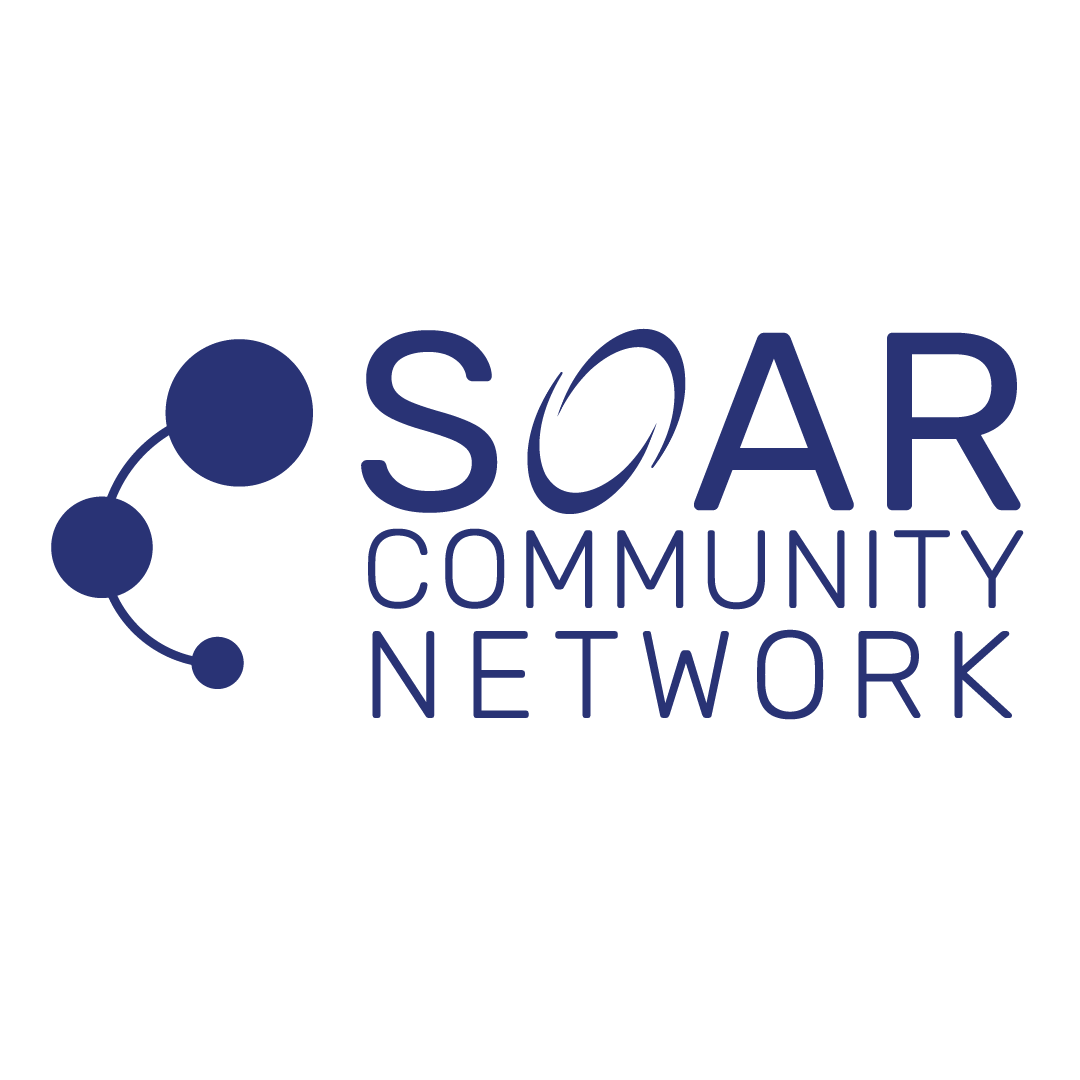Challenge:
High employee turnover and disengagement are significant challenges for many organizations. These issues not only affect team morale and productivity but also result in substantial financial costs. Disengaged employees can lead to decreased performance, while high turnover rates increase recruitment and training expenses. Addressing these problems effectively requires a strategic approach to talent optimization, grounded in behavioral science.
Solution:
A well-crafted talent optimization plan can significantly reduce the costs associated with turnover and disengagement. By leveraging behavioral insights and team design tools, organizations can better align roles with individual strengths, improve job satisfaction, and foster a more committed workforce.
- Behavioral Insights: Understanding the behavioral patterns and motivations of employees is crucial. Behavioral assessments can provide deep insights into what drives each team member, helping managers tailor their approaches to meet individual needs. This personalized approach can enhance engagement and reduce turnover.
- Team Design Tools: Using team design tools, organizations can create well-balanced teams that leverage the unique strengths of each member. This ensures that employees are in roles where they can excel and feel fulfilled, which is essential for maintaining high levels of engagement and reducing the likelihood of turnover.
Tools to Use:
- Disengagement Cost Calculator: Quantify the cost of disengaged employees to understand the financial impact on your organization. Calculate Here
- Turnover Cost Calculator: Determine the financial impact of employee turnover to see how much it’s costing your business. Calculate Here
Action:
Implementing a talent optimization plan involves several actionable steps:
- Conduct Behavioral Assessments: Begin by conducting behavioral assessments for all employees to understand their strengths, motivations, and potential areas for development. Use these insights to inform your talent optimization strategy.
- Redesign Teams: Use team design tools to create teams that are balanced and aligned with organizational goals. Ensure that each team member’s role leverages their unique strengths and provides opportunities for growth and fulfillment.
- Monitor and Adjust: Regularly review the effectiveness of your talent optimization plan. Use the Disengagement Cost Calculator and Turnover Cost Calculator to measure the financial impact of your efforts. Adjust your strategies as needed based on feedback and performance metrics.
- Engage and Communicate: Keep communication lines open with your employees. Engage them in discussions about their career aspirations and how their roles can be adjusted to better meet their needs and the organization’s goals.
Conclusion:
These strategies align with the principles of our C3 Framework, which focuses on creating a compassionate, cohesive, and collaborative workplace culture. By leveraging behavioral insights and team design tools, organizations can develop a robust talent optimization plan that reduces turnover, enhances engagement, and ultimately drives better business outcomes. Access to tools like the Disengagement Cost Calculator and Turnover Cost Calculator provides valuable insights that can guide your efforts and ensure that your strategies are effective and financially sound.

